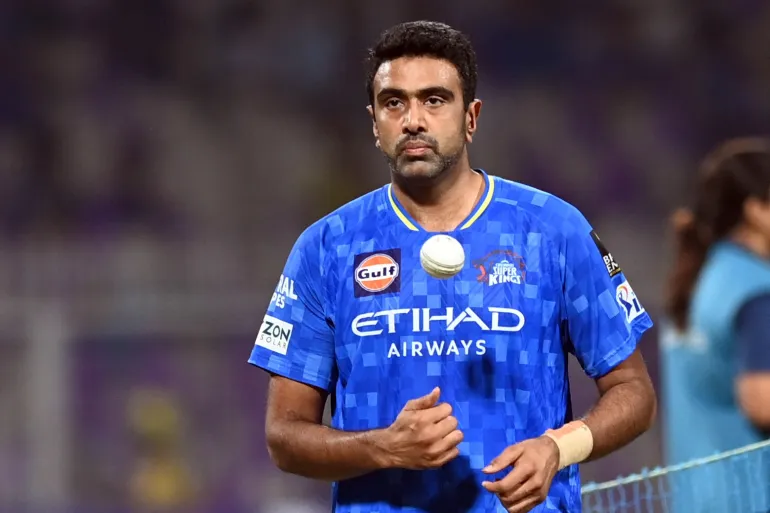Freelancing in cricket is a relatively recent phenomenon brought on by the franchise cricket boom of the modern cricketing landscape. Cricket does not revolve around the international circuit as it once did in the 90s. Today’s fans are obsessed with franchise leagues around the world, where they can watch their favorite players team up or play against each other.
Needless to say, outside of the Big Three countries (India, Australia and England), franchise leagues can pay bigger salaries to players than national boards. This is the primary reason for the emergence of the freelance cricketers who tour around the world playing for multiple franchises and not being affiliated with any international cricket teams.
Moving from an international format to a Franchise format
The previous generation of cricket saw ODIs and white-ball cricket being the most popular phenomenon; the popularity of the World Cups and the shorter format of the game managed to capture the interests of audiences throughout the globe. This led to the popularity of bilateral ODI tours and Tri-Series tournaments.
The arrival and subsequent popularity of T20 as a format replaced ODIs as the most popular format in the 2010s. Franchise leagues also grew in popularity after the success of the IPL, which led to new leagues opening up around the globe. Today, the cricketing world offers an abundance of opportunities to play and earn their livelihood playing outside the international circuit.
The recent international retirement of Nicholas Pooran in his prime as an athlete demonstrates how players could choose to give the peak years of their athleticism to franchise cricket rather than international cricket, a notion that would have been unthinkable in the past. Playing in the international circuit is no longer the highest-paying job when it comes to cricket, and with franchise leagues upping the quality of cricket every year, the standard of cricket has almost risen to the same as that of the international level.
What does it mean to be a freelance cricketer?

A freelance cricketer is an athlete who is not bound by national obligations and is free to play cricket around the world in franchise leagues. This essentially means declining a central contract when it comes to your national board (a route that Trent Boult and now Kane Williamson have taken) and choosing to play for franchise contracts around the world.
While franchise contracts are more financially alluring than central contracts from national boards, it is upto the players themselves to manage their workloads and fitness. National setups have a proper setupconsisting of fitness personnel and coaches to manage players, their workloads and fitness, but for cricketing freelancers these responsibilities are left to themselves.
The practice of ‘double dipping’ for players (which basically means when players who are eliminated from one league travel across the world to play in another league that is being played simultaneously) paves the way for corruption in franchise leagues. Furthermore, lesser-known franchise teams may not be paying players or their support staff duly (as had been the case for Kochi Tuskers Kerala in the IPL).
Freelance players need to manage which leagues they’ll play, acquire contracts, and manage their workloads and fitness all by themselves. This makes it quite necessary for them to have agents who help them acquire contracts for different franchises around the world; players rely on their agents, which gives agents who are managing star players quite a lot of control over the global franchise circuit.
As R Ashwin retires from the IPL, he has expressed his desire to play in franchise leagues around the world. It will be interesting to see how the radical mind of Ashwin takes to the conditions and standards of the different franchise leagues around the world. The standards and conventions set in these cricket often lead the way and accelerate the evolution of the sport and the understanding of how T20 cricket is played.
The Future of Cricket
As cricket evolves past the international model into the Franchise model it resembles more and more a structure reminiscent of European club football, where these leagues are the most common form of the sport, interspersed only by World Cups. White ball cricket as it exists seems to be moving towards a similar direction.
Bilaterals are undervalued by star players today and are usually seen as an avenue to blood in new talent. Nicholas Pooran and Heinrich Klaasen, through their retirements, made a statement that even the top talent in the cricketing world is now preferring franchise cricket over their international duties largely due to the financial appeal.
To prevent further weakening of cricketing nations other than the Big Three countries, cricket needs to look for alternative models to the one that exists currently to ensure teams other than the Big Three have an equal chance of winning ICC white ball tournaments and so that cricket continues to evolve equally and not just to benefit the largest cricketing bodies.

